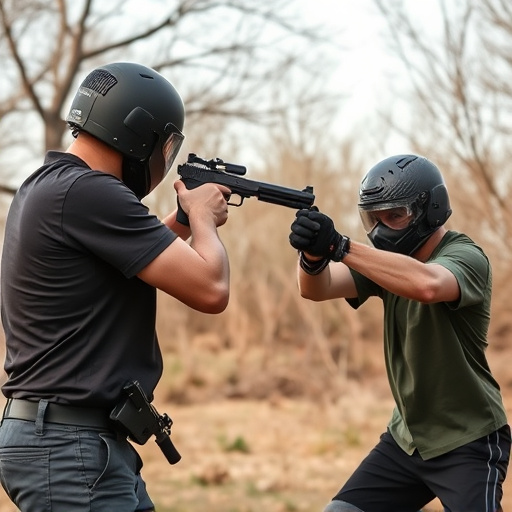A growing trend features compact, easily concealable self-defense devices, particularly lipstick sized stun guns for purses, popular for discreet personal safety in high-crime areas. US state regulations vary widely regarding legal ownership and carry, with age restrictions and permit/licensing requirements to balance individual freedom and public safety. Understanding local laws is crucial when considering acquisition, as penalties for violations can be significant.
“Uncover the intricacies of civilian taser ownership through state laws in this comprehensive guide. From the legal status of discreet ‘lipstick stun guns’ that fit in your purse, to age restrictions and permit requirements, we explore every angle. Understand the varying regulations and penalties across states to make informed decisions. By delving into these laws, you’ll gain crucial insights for navigating the ownership landscape of these non-lethal self-defense tools.”
- Legal Status of Lipstick Stun Guns
- Age Restrictions for Ownership
- Permits and Licensing Requirements
- State-Specific Regulations and Penalties
Legal Status of Lipstick Stun Guns
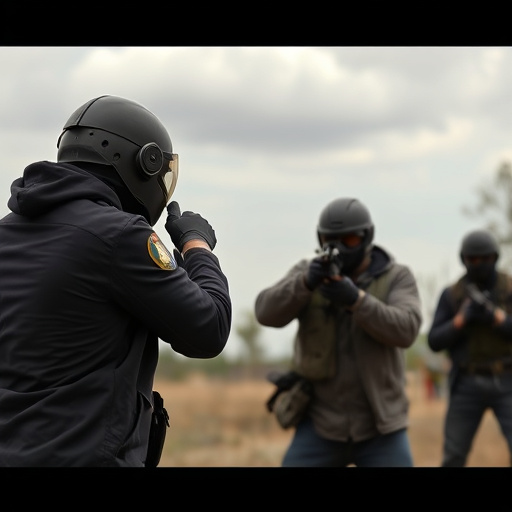
In recent years, there’s been a growing trend of compact and easily concealable self-defense devices, one such innovation being the lipstick stun gun for purse. These miniature tools have gained popularity due to their discreet nature, allowing users to carry potential deterrents in their purses or pockets. Legally, these stun guns are classified as non-lethal weapons and are subject to state regulations. Many states have specific laws governing the ownership and use of such devices, often with restrictions on who can legally possess them.
The legal status of lipstick sized stun guns for purse varies across the US. Some states allow their sale and possession without a permit, while others require users to obtain special licenses or permits. These regulations are designed to balance personal safety with public safety concerns, ensuring that such devices are not misused. Given their small size, these stun guns can be easily carried and provide an added sense of security for individuals concerned about personal safety, especially in high-crime areas.
Age Restrictions for Ownership
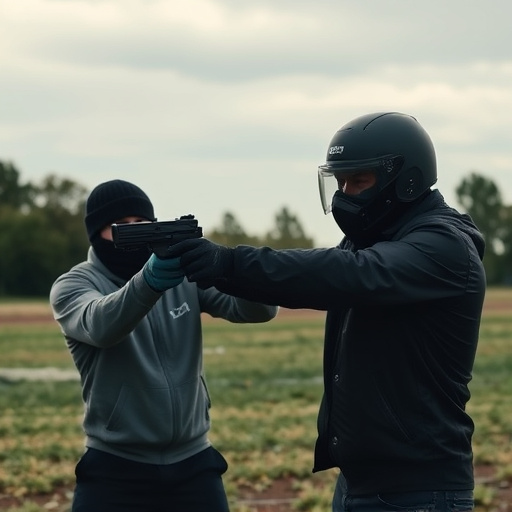
Many states have implemented age restrictions for civilian ownership of stun guns, including those that resemble lipsticks and can fit in a purse. These restrictions are in place to ensure responsible use and prevent unauthorized individuals from accessing potentially dangerous devices. Typically, one must be at least 18 or 21 years old to purchase a stun gun, depending on the jurisdiction. Some states also require additional licensing or permits, especially for more powerful models, to ensure that only qualified individuals can legally own and carry these self-defense tools.
Age restrictions are seen as a crucial component of regulating civilian stun gun ownership, balancing personal safety with individual freedom. By setting a minimum age threshold, laws aim to discourage impulsive purchases and empower law enforcement to verify the legitimacy of ownership, especially in cases where stun guns might be used for illegal purposes or against vulnerable individuals.
Permits and Licensing Requirements
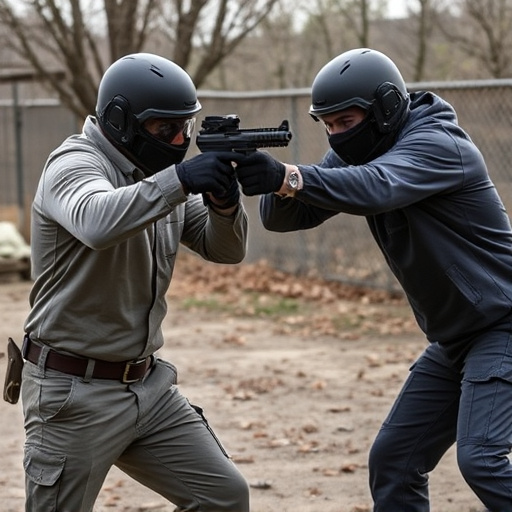
In many states, civilians seeking to own a lipstick-sized stun gun for their personal protection must navigate a series of permit and licensing requirements. These regulations vary widely across the country, with some states allowing open carry without a license while others mandate strict permits or even registration. Obtaining the necessary permissions typically involves background checks, safety training, and sometimes even fingerprinting. For instance, certain states require individuals to complete an approved stun gun safety course before purchasing or carrying a stun device.
Licensing requirements often aim to ensure responsible ownership, preventing the proliferation of these devices in the hands of untrained or malicious individuals. Some states differentiate between permit types, with concealed carry permits allowing for discreet carriage, such as in a purse or pocket, while open carry permits may have more stringent rules and limitations on where and how the stun gun can be displayed. Understanding these local laws is crucial before considering the acquisition of a lipstick-sized stun gun to ensure compliance and promote public safety.
State-Specific Regulations and Penalties
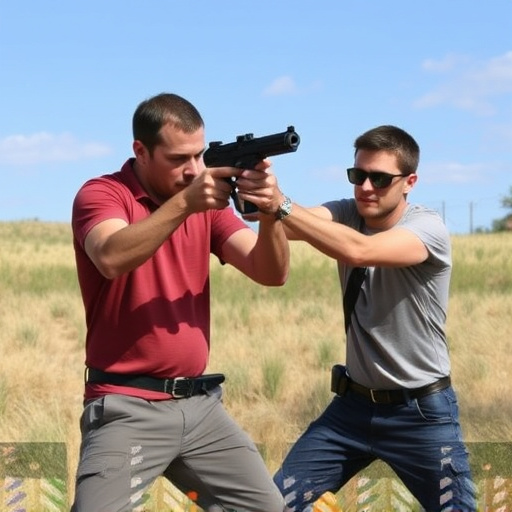
Each state in the US has its own set of regulations and penalties regarding civilian ownership of stun guns, including those that resemble a lipstick-sized device designed to fit in a purse. These laws vary widely across the country, with some states allowing open carry while others restrict it to concealed carry with a permit. Some states even have specific provisions for stun guns, defining them as non-lethal weapons and outlining unique requirements for their ownership and use.
Penalties for breaking these regulations can be severe, ranging from fines to imprisonment. States like Texas allow citizens to carry stun guns without a license, but they must still follow certain rules regarding age, capacity, and use. Conversely, California has strict restrictions, requiring permits and specific training for stun gun possession. Owning or carrying a stun gun in a prohibited manner can lead to criminal charges, with sentences varying based on the state’s laws and the specifics of each case.
Understanding the varying civil taser ownership requirements across state laws is essential for those interested in purchasing a compact self-defense tool, such as a lipstick-sized stun gun. While age restrictions and permit mandates vary, many states allow responsible individuals to own these devices for personal protection. By familiarizing themselves with local regulations, prospective owners can ensure compliance and enjoy enhanced safety measures, empowering them to take control of their well-being.
